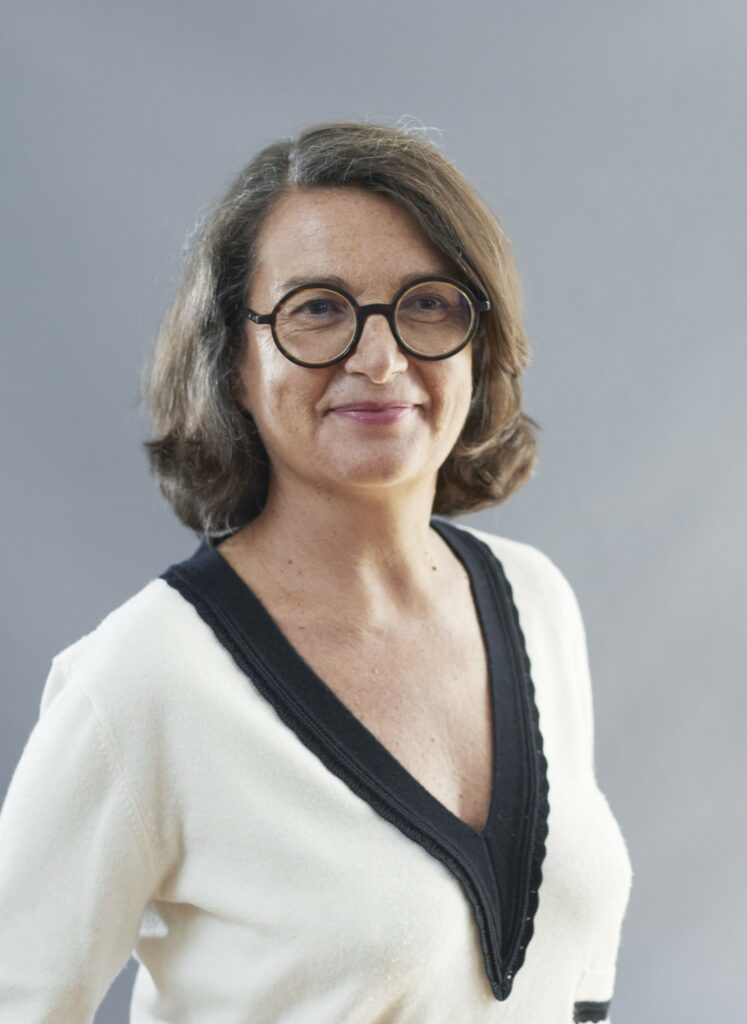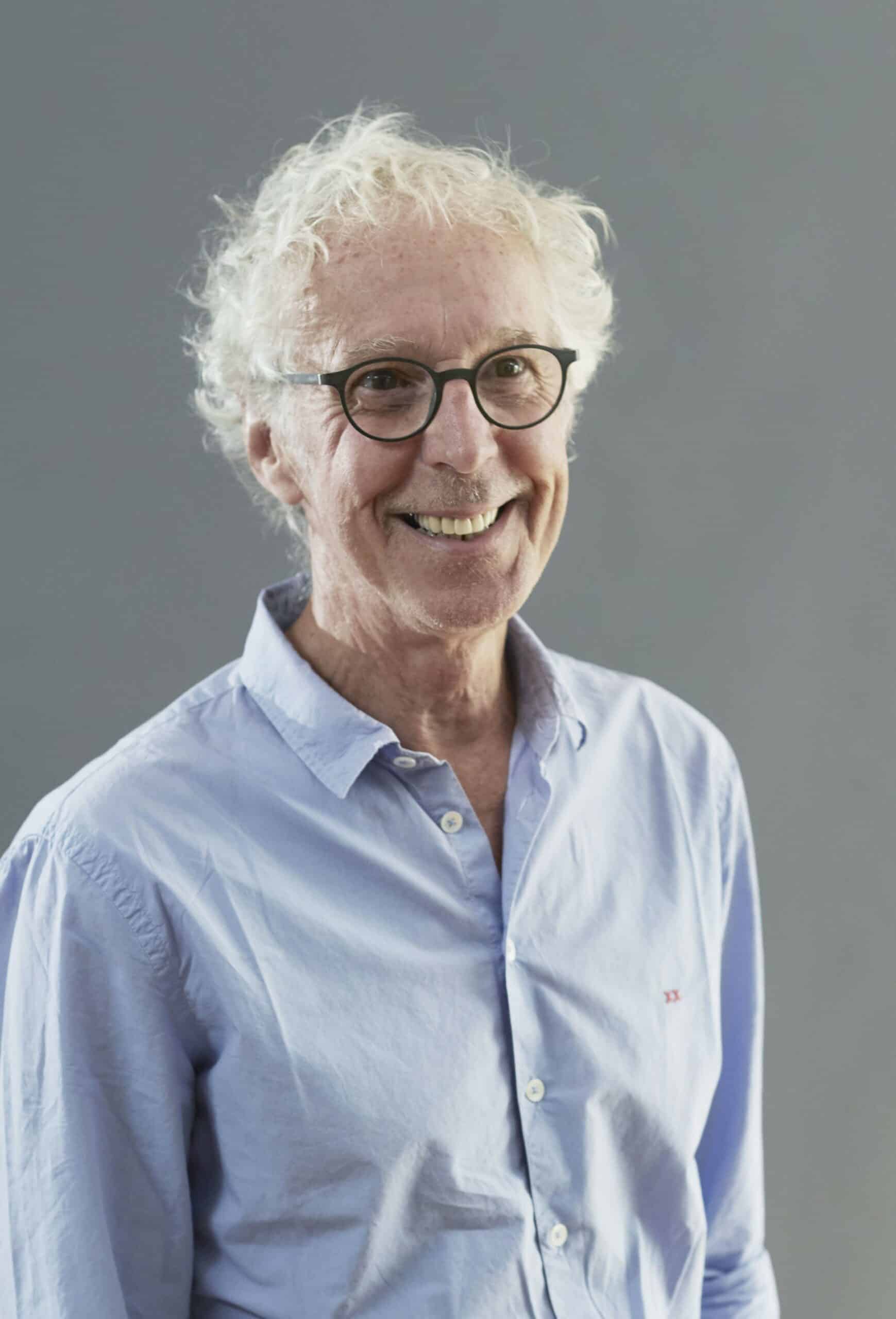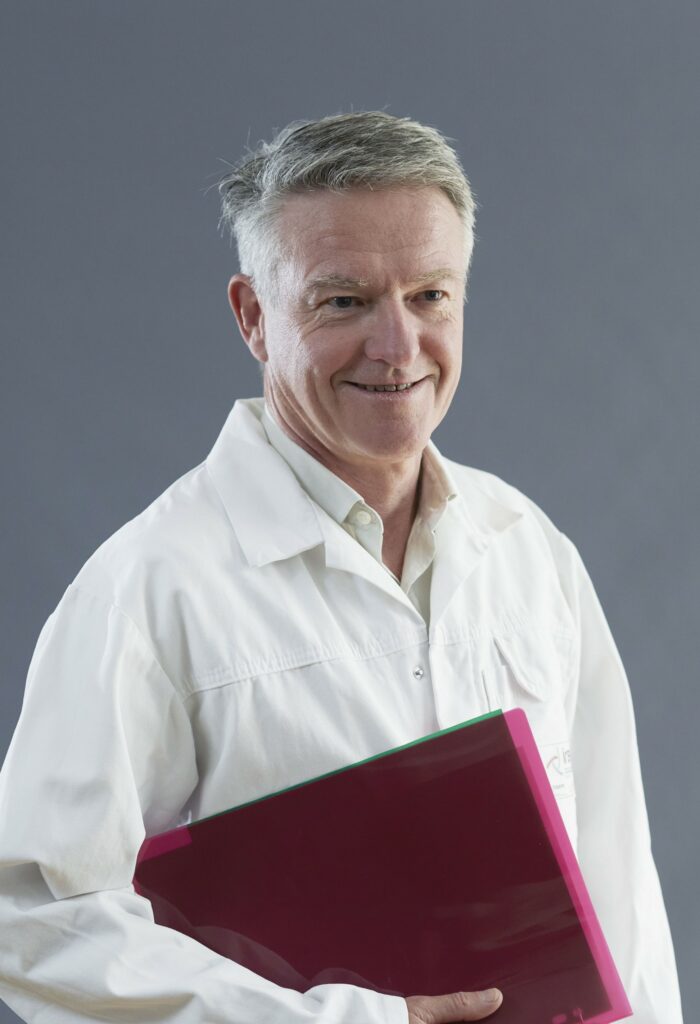A healthtech company specializing in the
development of liver models and biomedical solutions applied to liver pathologies.
Inexell is a spin-off of the IRSET laboratory (Inserm, University of Rennes, EHESP), home to some of the greatest innovations in liver models. Pioneers of primary hepatocyte culture since the 1970s and of the HepaRG line (2002), its DYMEC2 team has written a new chapter in history since 2018 with the patented Hepoid model.
This model, with its unprecedented ability to simultaneously differentiate, polarize and proliferate – something that was previously unthinkable – now presents Inexell with two major challenges.
Chronic liver disease is one of the leading causes of death worldwide. It affects every country and is responsible for 2 million deaths each year.
56%: Increase in the estimated incidence rate in the US by 2030 of hepatic steatosis (NAFLD or NASH) that is likely to progress to cirrhosis
and/or HCC and require transplantation.
80 to 100.000: estimated global annual need for liver transplants.
30,000 to 35,000: number of liver transplant patients worldwide in 2023, including 1,300 in France.
Liver toxicity is the leading cause of drug development failure.
Why is this? Because the liver is the main site of xenobiotic metabolism and detoxification? Yes, but also because current in vitro liver cell models are too far removed from the human organ.
That’s why Inexell’s Hepoid model offers manufacturers a model that closely resembles the human liver.
Today, an unrivaled model for improving drug safety and testing the effects of contaminants.
Tomorrow, the same model will be a fundamental building block for complex organoids capable of replacing liver function in patients awaiting transplantation.
Our most advanced cultures already combine human hepatocytes, stellate cells and immune cells to mimic the liver.
Tomorrow, we will be able to replace the vital functions of a failing organ thanks to the complexification we have started (vascularization,etc.).
Inexell uses a patented technology to grow highly differentiated and proliferating human hepatocytes (organoids) in 3D, on demand and in large quantities.
Hepoid is an in vitro model of human liver cells that eliminates the need for animal testing and the resulting inter-species differences in xenobiotic metabolism.
Hepoid is the only model capable of proliferating while maintaining a remarkably differentiated state that mirrors the native capabilities of the human liver. With a high differentiation capacity that is maintained throughout its lifespan of several weeks, the Hepoid model has all the characteristics required for acute or chronic treatments and offers the possibility to perform a battery of tests to study the effects of drugs or environmental and food contaminants.

We have developed a series of assays on our model
For whom?
• Pharmaceutical industry
• Chemical industry
• Food industry
• Biotech
What for?
• Verify the safety of molecules (drugs, chemicals) before they are developed or marketed.
• Determine the effects of environmental and dietary contaminants
• In the long term, to temporarily replace patientsawaiting liver transplants.

She carries out her duties at the Institut de Recherche en Santé Environnement (IRSET) – UMR
1085 Inserm, where she is co-director of the DYMEC2 team (Dynamique du Microenvironnement, Contaminants et Cancer). Her work in cellular and molecular toxicology focuses in particular on DNA alterations linked to environmental contaminants in liver cancer and metabolic disorders caused
by endocrine disruptors. Her approaches are based on innovative cultures of human hepatocytes in 2
and 3D. She is the author of more than 90 ISI-indexed publications. ISI in international journals (H-index: 31). She is currently vice-president of the
French Society of Genetic Toxicology, a reviewer for several international peer-reviewed journals and provides numerous expert opinions to health authorities

Throughout his career, his work has focused on the mechanisms regulating liver homeostasis and the proliferation-differentiation-apoptosis balance. In
particular, he has studied the effects of activation of the MAPK-MEK1/2-ERK1/2 pathway on this balance and the specific and redundant mechanisms in in vivo models (liver regeneration and tumors) and in vitro models (2D and 3D cultures). Differentiated hepatic organoid models have allowed us to overcome a major obstacle in the proliferation of human
hepatocytes, with applications in genotoxicology, biotechnology and regenerative medicine.

With a DUT and a Bachelor’s degree in Biochemistry, Frédéric has more than 30 years of experience in biological research. After working in plant virology at the INRAE, he was recruited by Inserm as a research technician in neuroscience (Pitié Salpêtrière, Paris). For more than 20 years, he has worked at Inserm as a biological engineer in hepatology. His
innovative work with the team has led to the development of si- and shRNA-mediated gene silencing in human hepatocytes and their 3D hepoid culture. He also has collective responsibilities as prevention assistant and radiation protection officer at IRSET.
To date, the team’s work on the development and optimization of spheroid culture of normal and cancerous human liver cells in the Hepoid model has resulted in 7 publications and 2 patents.
• Chowdhury et al. 2024 https://pubmed.ncbi.nlm.nih.gov/38036087/
• Bernal et al. 2024 https://pubmed.ncbi.nlm.nih.gov/38092172/
• Rose et al. 2022 https://pubmed.ncbi.nlm.nih.gov/34762139/
• Cuvellier et al 2022 https://pubmed.ncbi.nlm.nih.gov/35696992/
• Rose et al. 2021 https://pubmed.ncbi.nlm.nih.gov/33436872/
• Cuvellier et al. 2021 https://pubmed.ncbi.nlm.nih.gov/33385685/
• Bomo et al. 2016 https://pubmed.ncbi.nlm.nih.gov/26331987/
• WO2019/219828
• WO2021/094555

Contacts
Address: Université de Rennes, Campus Santé, 2 Av. du Professeur Léon Bernard, 35000 Rennes
Tel: 02 23 23 48 06
E-Mail: sophie.langouet@univ-rennes1.fr